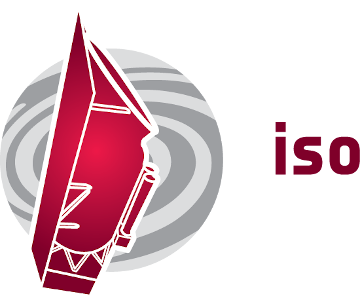| Description |
scientific abstract observations with the iso spectrometers, covering the far infrared wavelength range from 3 to 180 microns, offer an unparalleled opportunity to study ionised (hii) regions, with diagnostic probes provided by the many emission lines occurring in this wavelength range and also the ability to observe the whole region, including those parts obscured by dust at shorter wavelengths. ionised regions involve the interaction between the exciting star(s) and the surrounding material with the emission depending both on the nature of the exciting star(s), and on the type and conditions of the local interstellar material, including dust. analysis of the data, combined with radio measurements (and in some instances with optical and uv measurements) will be used to develop self-consistent models, including realistic geometries and densities, to obtain the geometrical structure of the region, particularly in relation to density gradients, associated neutral (parental) material and any possible blister configuration. a broad range of abundances will be determined and compared with optical measurements (where available) to study the discrepancy often found between these two. a major objective is to study the important question of dust in and around the hii regions, to determine the dust size distribution and composition, and understand the way that it modifies the energy balance within the region itself. the ionisation structure over the hii region will be mapped out directly using appropriate fine structure lines and these will also be compared with the model results. in many instances, basic parameters r^ant for modelling ir emission from the weaker (less abundant) species are not yet available. this proposal will provide a data base against which new values or refinements can be tested. the range of sources proposed, and the associated analysis, should allow characteristic features to be identified and therefore lead to the development of emission templates for hii regions which can be used subsequently in the analysis of galactic and extra-galactic measurements. observation summary the hii regions for observation have been selected mainly from the catalogue by sharpless (59), with emphasis on regions which are greater than 5 degrees from the galactic plane, to avoid source confusion. using the iras skyflux data to determine their extent and flux at the four photometric bands (denoted 12, 25, 60 and 100 microns), they have been selected to be compatible with mapping with the lws instrument, either completely or in scans to cover specified regions of interest. interest is in the data from the whole spectral range of the iso spectrometers. for all pointing positions for all targets, a full grating spectrum (45 to 190 microns) will be obtained with the lws01 aot, with 4 sample points per resolution element and using the fast scan option. for selected pointing positions, complete sws spectra are also obtained with the low resolution grating scan aot sws01 to give complete 2.43 to 45 microns spectra at 1/8th of the standard grating resolution. the sequences of pointing positions for the mapping have been used to give as high an observing efficiency as possible for these regions of strong ir emission, taking into account the overheads carried by the various operating modes. as a consequence, the mapping is generally in the form of two orthogonal linear scans (i.e. single line rasters) passing centrally through the peak emission to give a cruciform mapping. the lengths of the scans are selected to cover the extent of the region as given by the iras maps, and separate off-source pointings are not requested. where appropriate, concatenation is used to ensure that a single (sequence of) wavelength and flux calibrations apply to the data. this is particularly important for the analysis of data in the form of maps, and also to achieve good observing efficiency. nominally, 10 hours of lws guaranteed (spacecraft) time are allocated to this programme. for calculating the exposure times, the iras skyflux maps have been used. taking the peak radiance value for the source (w/m2/sr), the equivalent continuum flux within the lws field of view and unit bandwidth (hz), is calculated to give a value in janskys (= x say). a value of x/10 is taken as representative of the region as a whole and input to the lws observing time calculator, with a signal/noise ratio of at least 30 on the continuum. a similar approach is taken with the sws spectra. in most cases the time returned is set to the minimum integration, and gives a signal/noise ratio substantially larger than 30. this proposal has a shared interest in the s140 observations with the lws cp proposal outflows. adjustments have been made to the autumn launch details so that they cover both programmes. for the spring launch details, 810 seconds have been transferred to this proposal so that the lws01 observations cover both programmes. |

